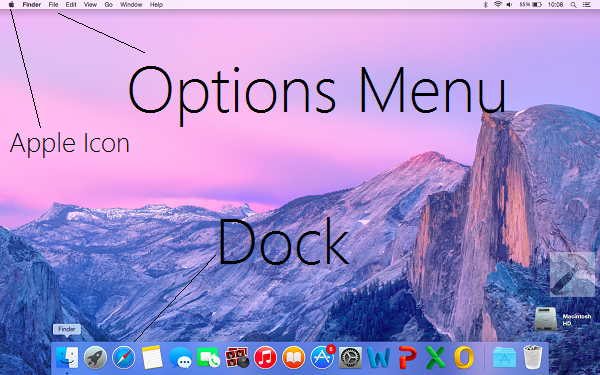

Ntfs 3g for yosemite update#
This is what needed to be redone after the OS X software update to 10.10.4

Ntfs 3g for yosemite install#
Install Homebrew Cask (if needed): brew install caskroom/cask/brew-cask Install a binary osxfuse package from Homebrew Cask: brew cask install osxfuse Install ntfs-3g: brew install homebrew/fuse/ntfs-3g You need to create a symlink for mount_ntfs, in order to make drives mount automatically: Yosemite and above's strict unsigned kext ban. Osxfuse: Building this formula from source isn't possible due to OS X

When you try to install osxfuse through brew, this is the resultant message: Instructions in brief for future reference: NTFS-3G is an open source cross-platform implementation of the Microsoft Windows NTFS File System with read-write support. Most likely that the /sbin/mount_ntfs binary was replaced and the link to the osxfuse/ntfs-3g version removed.
Ntfs 3g for yosemite how to#
However after installing software updates to 10.10.4 (at present) this stopped working and reverted to mounting as read-only. We have already covered How to Write to NTFS Drives in OS X Yosemite / El Capitan using Tuxera NTFS. The same goes for "utilities" such as "AppCleaner" and the like that purport to remove software.The instructions on how to automatically mount NTFS drives/volumes as Read/Write (originally found on Stack Exchange: ) worked great. Trying to remove complex system modifications by hunting for files by name often will not work and may make the problem worse. Never install any third-party software unless you're sure you know how to uninstall it otherwise you may create problems that are very hard to solve. If you can’t remove software in any other way, you’ll have to erase and install OS X. Until you do that, there may be no effect, or unpredictable effects. You will generally have to restart the computer in order to complete an uninstallation. The uninstaller might also be accessed by clicking the Customize button, if there is one.īack up all data before making any changes. There may be an application in there such as “Uninstall BrickMyMac.” If not, open “BrickMyMac.pkg” and look for an Uninstall button. While you're waiting for a response, download BrickMyMac.dmg and open it. Finding none there, look on the developer's website, say (That may not be the actual name of the site if necessary, search the Web for the product name.) If you don’t find anything on the website or in your search, contact the developer. Suppose you want to remove something called “BrickMyMac” (a hypothetical example.) First, consult the product's Help menu, if there is one, for instructions. Here are some general guidelines to get you started. You'll have to do your own research to find that information. I never install system modifications myself, and except as stated in this comment, I don't know how to uninstall them. If the software has been incompletely removed, you may have to re-download or even reinstall it in order to finish the job. Whenever you remove system modifications, they must be removed completely, and the only way to do that is to use the uninstallation tool, if any, provided by the developers, or to follow their instructions. Any third-party software that doesn't install by drag-and-drop into the Applications folder, and uninstall by drag-and-drop to the Trash, is a system modification.


 0 kommentar(er)
0 kommentar(er)
